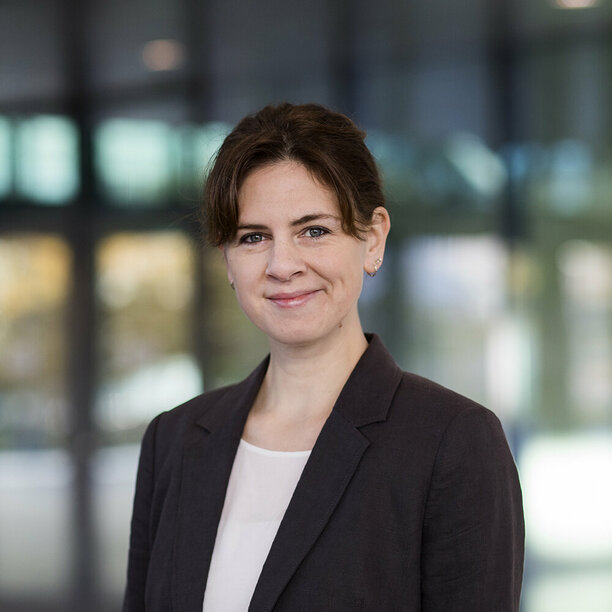Using plasmas to split CO2
In an attempt to reduce the amount of CO2 in the air, scientists all over the world are looking for possibilities to turn the waste molecule into feedstock. To this end, the strong molecular bonds between carbon and oxygen have to be broken. In the international PIONEER project, 14 early stage researchers from all over Europe are using plasmas to do the job.
PIONEER is a European training network aiming at educating a generation of experts in the relatively new, multidisciplinary field of plasma/catalysis for CO2 conversion. A consortium of 15 academic and 5 industrial partners in 10 different countries is conceiving new systems of plasma/catalysis for an efficient conversion of CO2 molecules into useful products like methane or organic acids.
Poking with plasmas
‘In this project, we use a specific class of plasmas, called non-thermal plasmas, to break the bonds between the atoms in the molecule,’ explains TU/e researcher Ana Sobota, who is supervising one of the 14 PhD students in the project. The term non-thermal plasma refers to an electrically charged state of matter where the heavy ions are about room temperature, and the electrons contain a lot of energy. Through collisions with these ‘hot’ electrons, the CO2 molecules start to vibrate. When the vibration is strong enough, the bonds between the individual atoms making up the molecule will break. ‘To split CO2 in a single step requires a lot of energy. With a plasma, instead of hitting it with a hammer, you poke it a little bit, but over and over again. The molecule accumulates the energy from all of the pokes, until eventually it breaks.’
The PIONEER project studies three topics: the fundamentals and mechanisms of CO2 plasmas, advanced catalysis for CO2 activation, and innovative routes for plasma catalyst interaction. Sobota’s PhD student Harry Philpott focuses on the interaction between the plasma and the catalyst. ‘One of the challenges is that conventional chemistry does not use electric fields, while in plasmas, electric fields are exceptionally high. So the first thing we need to know is how high these fields are exactly as the plasma comes into contact with the surface of the catalyst.’
Exploring edges
Plasma/catalysis is a rather new field, Sobota explains. ‘That means that everyone is working at the edge of their discipline, trying to answer fundamental questions like What happens when a plasma meets a catalyst? What reaction rates can we expect under plasma conditions? What is the optimal combination between plasma, catalyst and reactor type?’ Over the past decade Sobota has been working on methods to measure the interaction between plasmas and a variety of materials. ‘What once started with rather simple perfect dielectrics, now culminated in this project in studying catalysts, which are very complex molecules. I am very happy that we were able to develop a method to actually measure these electric fields at the relevant interfaces.’
Over the past three years, the project as a whole has made significant steps, Sobota says. ‘For example, the other PhD students from TU/e, Antoine Salden and Maik Budde, who worked under the supervision of Richard Engeln, have made some significant progress in developing laser diagnostics techniques to study the behavior of the plasma itself. And some impressive work has been done on the development of promising catalysts and reactor designs. But perhaps the nicest thing that came out of this project is a database that will be online soon, which provides a comprehensive overview of where we have looked and what we have found. These data are open for scrutiny by other researchers, potential partners and the scientific and regulatory communities. The aim is to not only help them get an idea of where to look and what to expect with certain set ups, but also what doesn’t work. Since the latter seldomly ends up in publications, I think that is an extremely useful addition to advance the field.’
